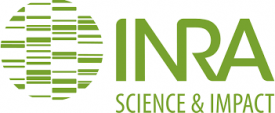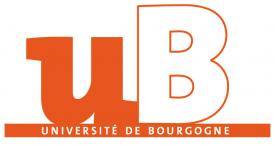ACTIA project within the framework of the PropackFood RMT.
Period: 2013
Partners : Casimir ; CNAM\ laboratoire PIMM ; LNE ; INRA\UMR 1145 GENIAL ; Université de Bourgogne\ laboratoire PAM
Objectives
The composition of materials in contact with foodstuffs is now well regulated (European regulation n°1935/2004). However, most of the health scares concerning food packaging in recent years have been linked to the presence in foodstuffs of unauthorized substances (so-called "neoformed" or "NIAS" compounds), which are reaction or degradation products of constituents used in the manufacture of materials (technological adjuvants, adhesives, etc.), printing inks and varnishes. Present even in very small quantities, these neoformed products can modify organoleptic properties, be toxic themselves or generate toxic products.
The aim of the project is to gain a better understanding of the formation of by-products in food packaging that may undergo post-processing such as cooking in a microwave oven.
Main results
Polypropylene films with different formulations and filled with water were subjected to microwave oven treatment at maximum power (800 to 1100 W). The maximum critical temperature was 95°C. Liquid extracts from the films were then analyzed by 400MHz NMR using 1D 1H and 2D coupling 1H - 1H experiments.
The effect of microwaves for all the substances and films studied is very small. In all cases, qualitative NMR analysis did not demonstrate the appearance of new substances that would be due to degradation.
Quantitative monitoring showed, for the majority of cases, only a very slight influence of microwaves. However, it appears that a longer treatment (in the case of lower power) can have a weak impact on the evolution of substance content.
By developing tools to ensure that toxic or harmful compounds will not be present in food packaging materials, this project has had a significant impact both in terms of industrial needs and even more so in guaranteeing food safety and consumer health.
Partners




